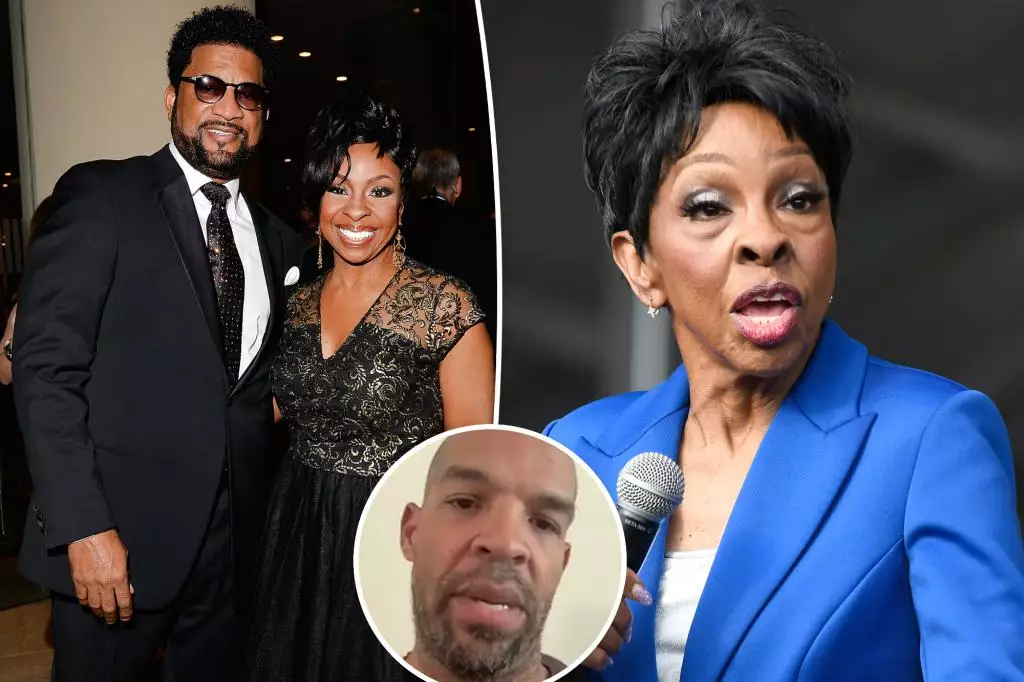Gladys Knight stands as an icon whose musical influence has transcended generations. With a career spanning over 75 years, her voice and presence have become synonymous with soulful excellence. Yet, behind the curtains of her illustrious career lies a story that is complex, nuanced, and reflective of modern challenges faced by aging celebrities. Her recent reassurance to fans underscores an important truth: even the most celebrated figures are human and vulnerable. Knight’s insistence on her health and happiness isn’t just about dispelling rumors; it’s a declaration of her strength and resilience amid adversity. As a woman who has faced the highs of fame, personal loss, and public scrutiny, she exemplifies how legacy isn’t only built on talent but also on the courage to confront personal turmoil openly.
The Intricacies of Family, Care, and Public Scrutiny
The recent allegations from her son, Shanga Hankerson, introduce a complex layer to her personal life. Shanga’s claims of elder abuse and the idea that Knight is being manipulated by her younger husband, William McDowell, highlight the difficulties inherent in balancing personal autonomy with familial relationships. This situation is emblematic of the tension many aging celebrities face—how to maintain independence while navigating the influence of those closest to them. The fact that Hankerson has filed a formal complaint indicates profound familial discord and raises questions about how public figures manage private suffering.
Meanwhile, Gladys Knight’s public response emphasizes dignity and control. Her statement aims to reaffirm her well-being and dismiss baseless rumors, contrasting sharply with her son’s serious allegations. This dichotomy underscores a societal tendency to scrutinize the personal struggles of public figures, often expecting them to remain invulnerable. Knight’s approach—asserting her health and enthusiasm for future performances—demonstrates her refusal to be defined by the controversy. Yet, beneath her confident declarations, one can sense the emotional toll such disputes can impose, especially when intertwined with issues of aging, health decline, and perceived neglect.
The Broader Implications of Age, Power, and Influence
Gladys Knight’s situation also raises broader questions about the treatment of elderly artists in an industry obsessed with youth and vitality. Her claims of being made to tour despite health issues point to a troubling reality: the pressure to perform and appear invulnerable is often intensified for aging performers who remain active. This scenario reflects a broader societal tendency to exploit and scrutinize those whose frailty contradicts their public personas.
Furthermore, the allegations against William McDowell touch on unsettling themes of power imbalance and the sometimes exploitative nature of relationships involving celebrity elders. While these claims are contested and under investigation, they underscore the importance of safeguarding the autonomy and dignity of aging individuals. Society must critically examine how influence and money can potentially undermine personal well-being, especially for those who lack alternative support systems or are dependent on others.
Shanga Hankerson’s decision to pursue legal remedies also exemplifies the tension between familial loyalty and protecting personal rights. The public nature of the accusations complicates matters further, as both sides navigate the delicate terrain of privacy and transparency. His concerns and the ensuing discourse force us to reflect on how fame complicates private suffering: celebrity life, with its constant spotlight, can amplify personal struggles rather than shelter them.
Reflections on Self-Representation and Public Perception
What does it say about society that even icons like Gladys Knight cannot escape the invasive gaze of public opinion? Her straightforward communication—affirming her health, her happiness, and her ongoing performance plans—serves as a defiant act against the narrative of decline and victimhood. She chooses to be the master of her story, highlighting her resilience and refusing to be solely defined by her age or the controversies surrounding her family.
In a broader sense, her response invites us to interrogate how society perceives aging celebrities. Are we empathetic or dismissive? Do we support their independence or scrutinize their vulnerabilities? Knight’s unwavering declaration of her well-being demonstrates a rare strength, emphasizing that dignity and agency must remain central, even when personal life becomes public spectacle.
Ultimately, Gladys Knight’s narrative is a testament not just to her legendary career but to the enduring human spirit. She embodies the paradox of fame: a life lived in the spotlight, yet also burdened by the private struggles that no amount of stardom can erase. Her story prompts us to reconsider the humanity behind the fame—reminding us that resilience, self-awareness, and authenticity are what truly define a legend.

